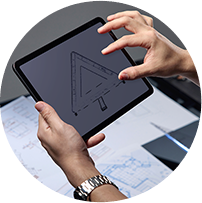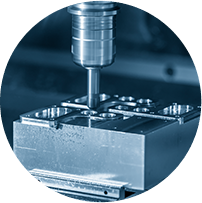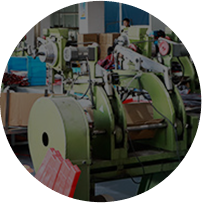Introduction to Vehicle Tools: Essential Equipment for Automotive Maintenance
Vehicle tools form the backbone of automotive maintenance and repair, serving critical roles in ensuring the safety, performance, and longevity of vehicles. From the simplest wrench to sophisticated diagnostic equipment, these tools empower mechanics, technicians, and car enthusiasts to tackle a wide range of tasks with precision and efficiency. The realm of vehicle tools encompasses a diverse array of equipment designed to handle various aspects of automotive care. Basic hand tools like wrenches and screwdrivers are fundamental for routine maintenance tasks such as changing oil, replacing filters, and tightening bolts. These tools not only facilitate regular upkeep but also empower car owners to address minor issues promptly, potentially preventing more significant problems down the road. Power tools add another dimension to automotive maintenance by offering increased efficiency and torque for tasks such as tire changes, brake servicing, and suspension repairs. Impact wrenches, pneumatic tools, and electric drills are examples of tools that enhance productivity while ensuring precise control over tightening and loosening operations. These tools are indispensable in professional garages and workshops where time is of the essence without compromising on quality. Hydraulic tools represent yet another category crucial for handling heavy-duty maintenance tasks. Floor jacks, hydraulic lifts, and brake fluid bleeders exemplify the reliance on hydraulic power to lift vehicles safely, access critical components, and perform essential maintenance under the vehicle. These tools not only provide the necessary lifting force but also incorporate safety features to prevent accidents and injuries in the workshop environment. Specialty tools cater to specific components and systems within vehicles, addressing the complexity and diversity of automotive engineering. From timing tools and valve spring compressors to fuel system pressure testers and alignment tools, these specialized instruments enable technicians to perform intricate repairs and adjustments with precision, ensuring optimal vehicle performance and reliability. Safety equipment forms an integral part of the toolkit, encompassing personal protective gear such as gloves, safety goggles, and ear protection. Fire extinguishers and wheel chocks are essential for mitigating risks during maintenance operations, ensuring a secure working environment for technicians and safeguarding against potential hazards.
Safety Equipment: A Crucial Component of Automotive Maintenance
In any automotive workshop or garage, where tools and machinery are in constant use, ensuring the safety of personnel is paramount. This involves a comprehensive approach that includes both personal protective equipment (PPE) and safety tools designed to mitigate risks and enhance the overall safety culture.
a)Personal Protective Equipment (PPE): Personal protective equipment forms the first line of defense against potential hazards in the automotive repair environment. Key components of PPE include: Gloves: Protect hands from cuts, abrasions, and chemical exposure during tasks involving oils, solvents, and sharp edges. Nitrile gloves are commonly used for their resistance to chemicals and durability. Safety Goggles and Face Shields: Shield eyes and face from debris, sparks, and chemicals generated during grinding, cutting, or welding operations. Anti-fog coatings and impact-resistant lenses enhance visibility and safety. Ear Protection: Reduce the risk of hearing damage from prolonged exposure to noisy tools and equipment such as impact wrenches, pneumatic tools, and power drills. Earplugs or earmuffs effectively dampen noise levels without obstructing communication. Respirators: Protect against inhalation of harmful particles, vapors, and fumes generated during tasks involving paints, solvents, and other chemical compounds. Respirators with appropriate filters or cartridges provide respiratory protection in accordance with occupational health guidelines.
b)Safety Tools and Equipment: Beyond personal protective equipment, specialized safety tools and equipment are essential for creating a secure work environment: Fire Extinguishers: Strategically placed fire extinguishers are critical for promptly containing and extinguishing fires caused by flammable materials, electrical faults, or accidental sparks in the workshop. Regular inspections and maintenance ensure they are fully operational when needed. Wheel Chocks: Prevent unintended vehicle movement during maintenance tasks such as tire changes, brake inspections, and suspension repairs. Placed securely against tires, wheel chocks enhance stability and prevent vehicles from rolling off jacks or lifts. Emergency Eye Wash Stations: Provide immediate flushing of eyes in case of accidental exposure to chemicals, dust, or debris. Eyewash stations equipped with clean, tepid water and accessible within seconds ensure prompt treatment to minimize eye damage. First Aid Kits: Stocked with essential medical supplies, first aid kits are indispensable for addressing minor injuries such as cuts, burns, and abrasions that may occur during automotive repair activities. Regular inspection and replenishment of supplies maintain readiness.
 1
1  2
2  3
3  4
4  5
5  6
6 

